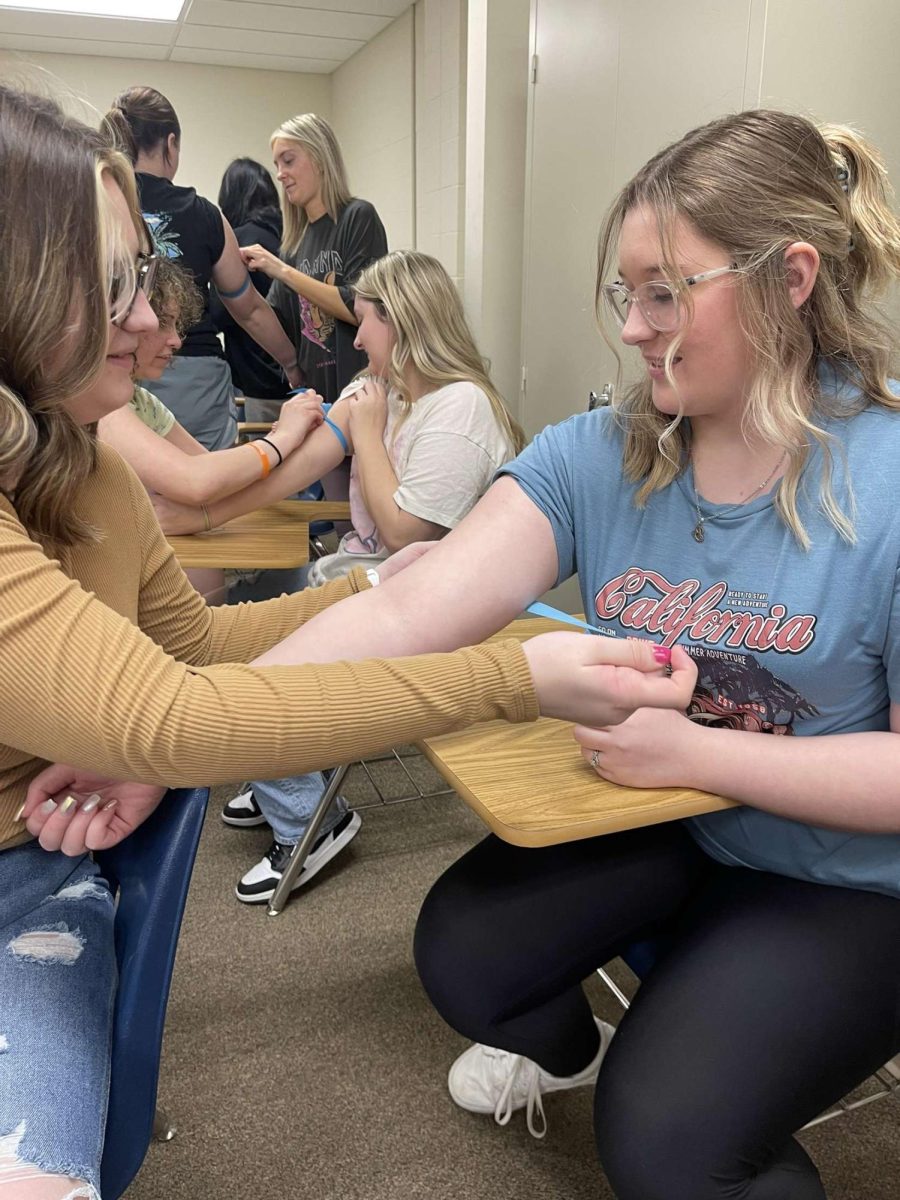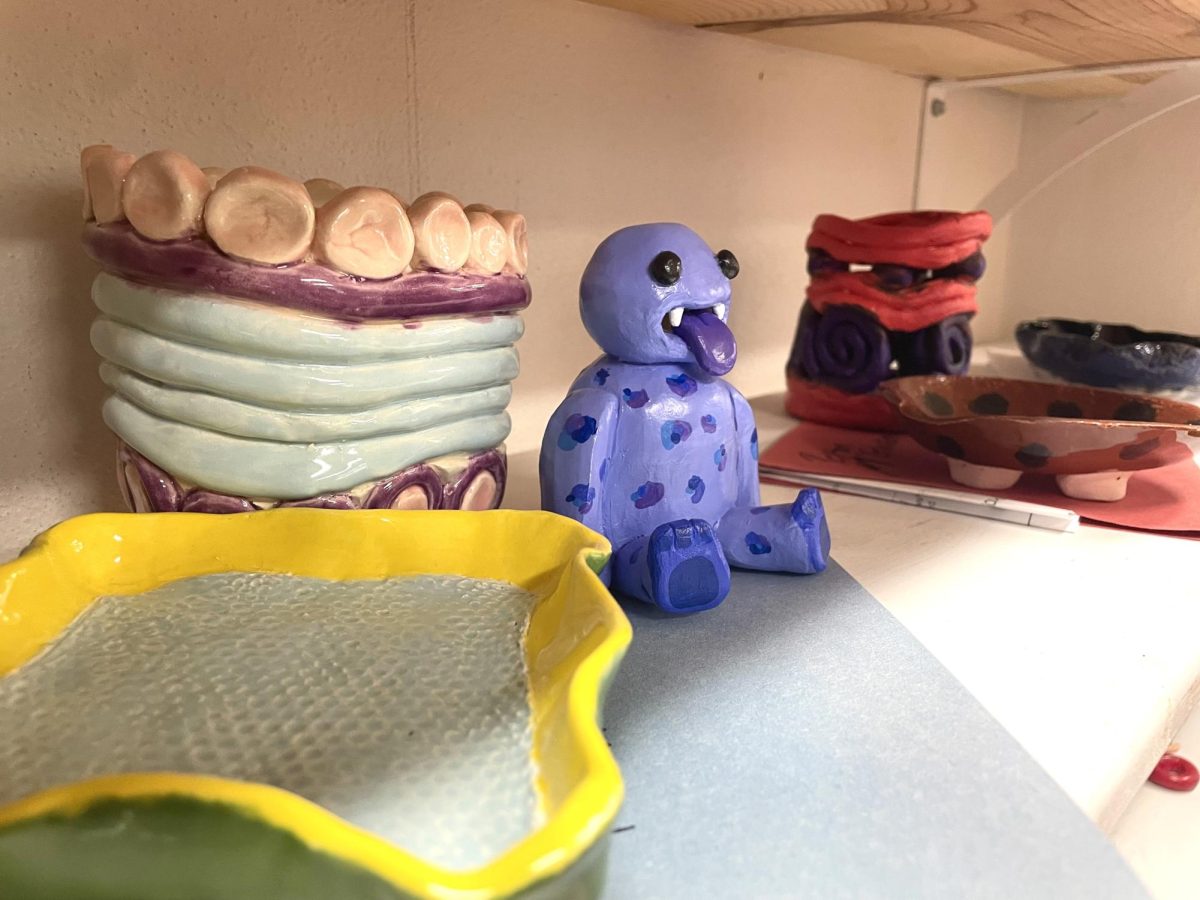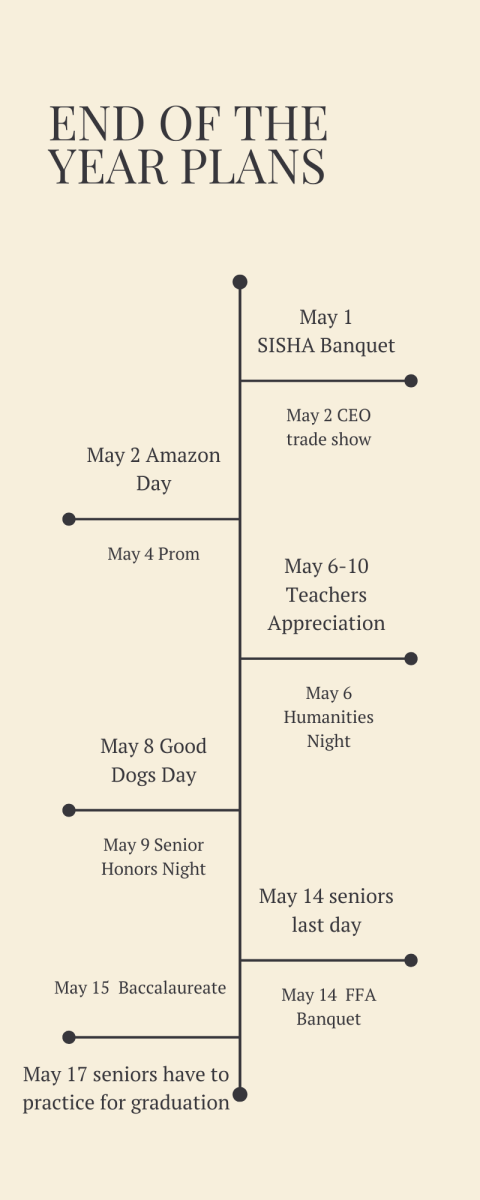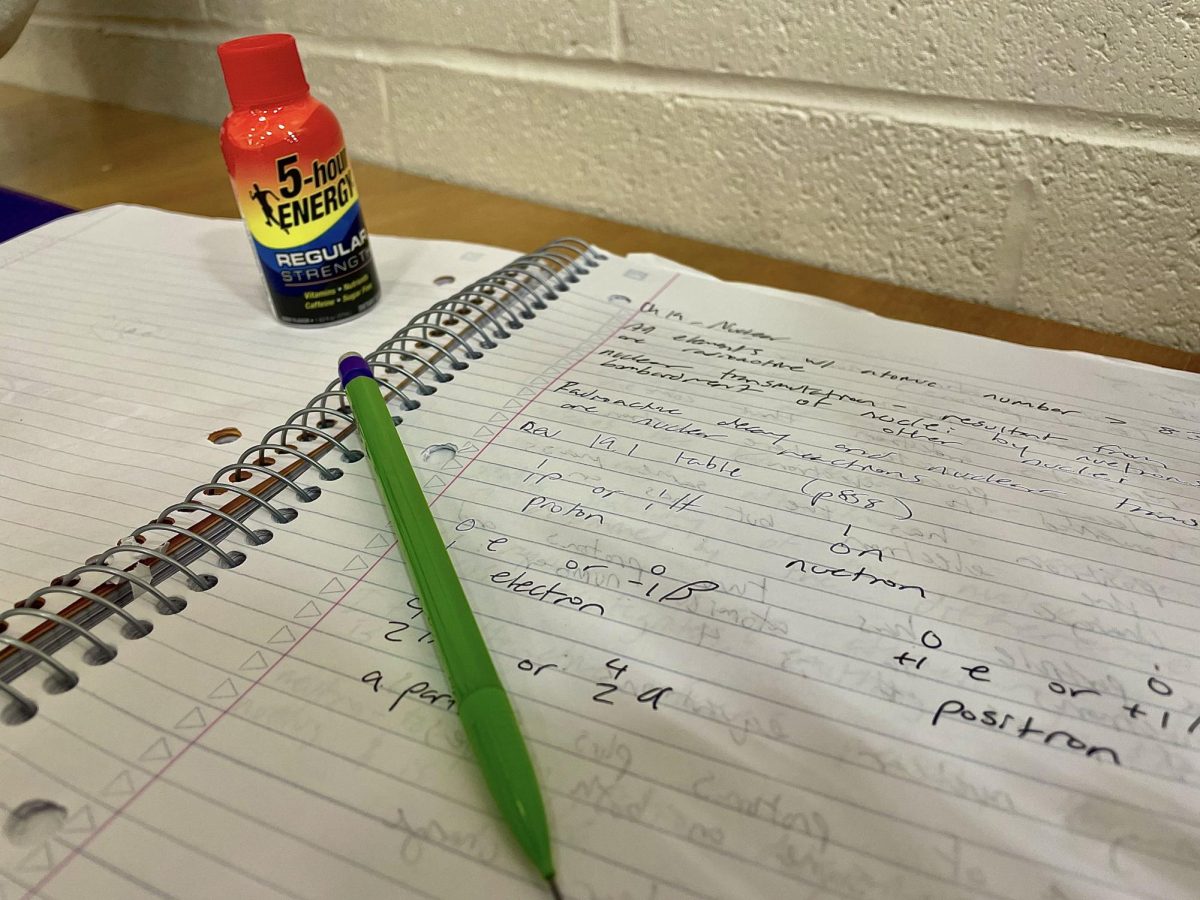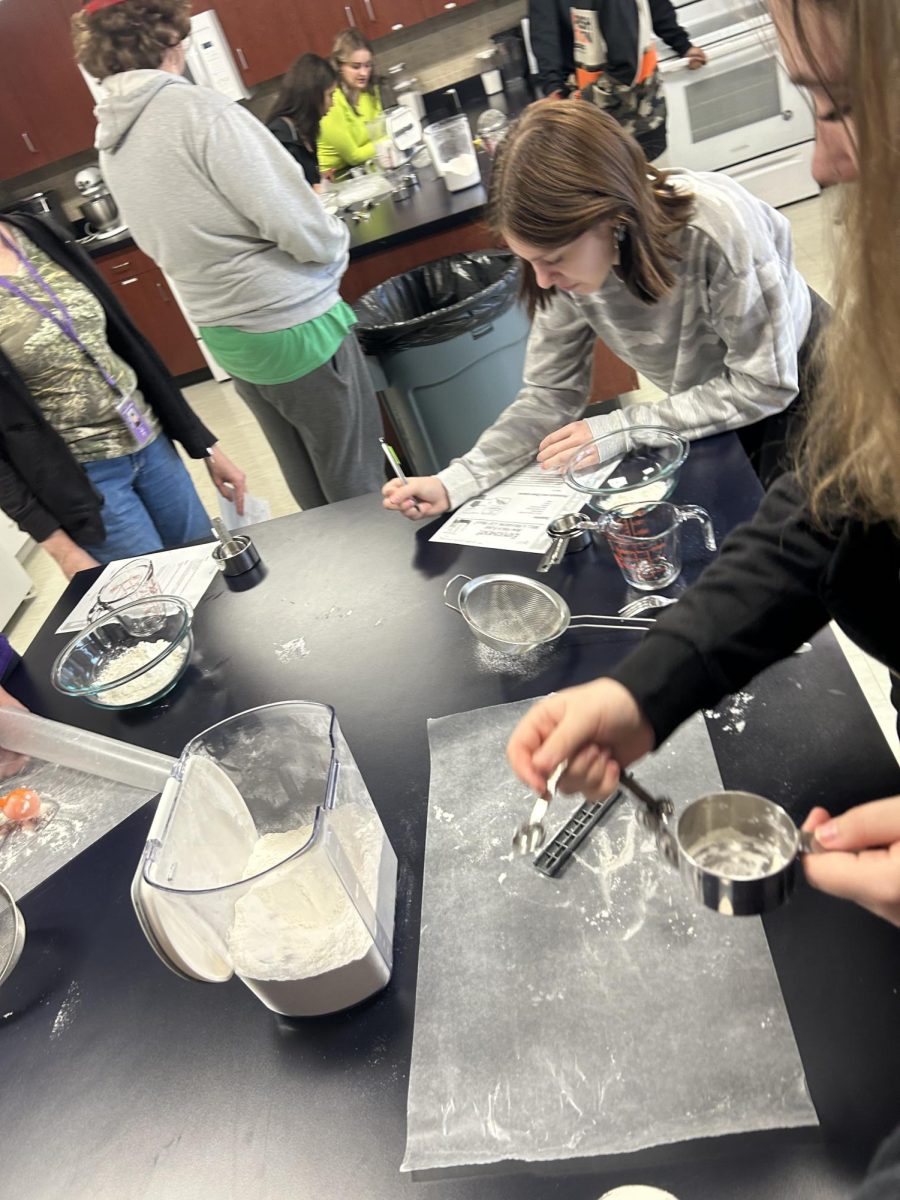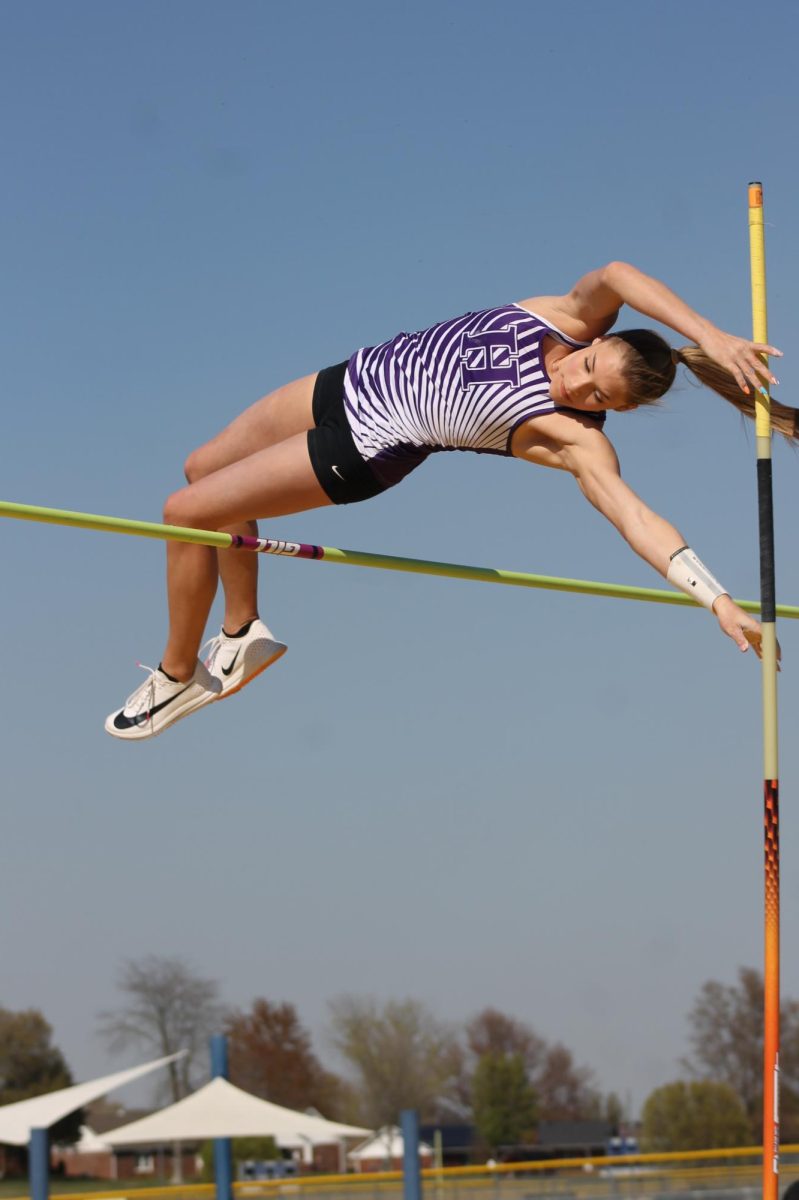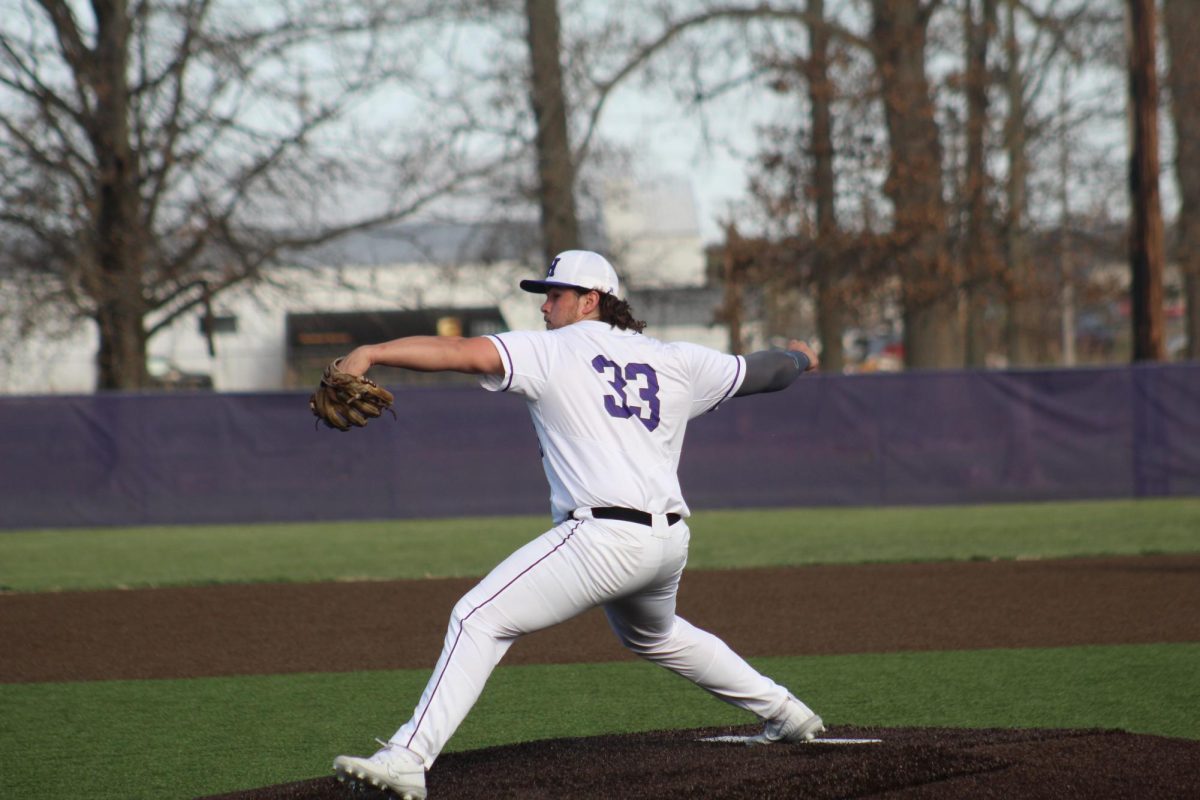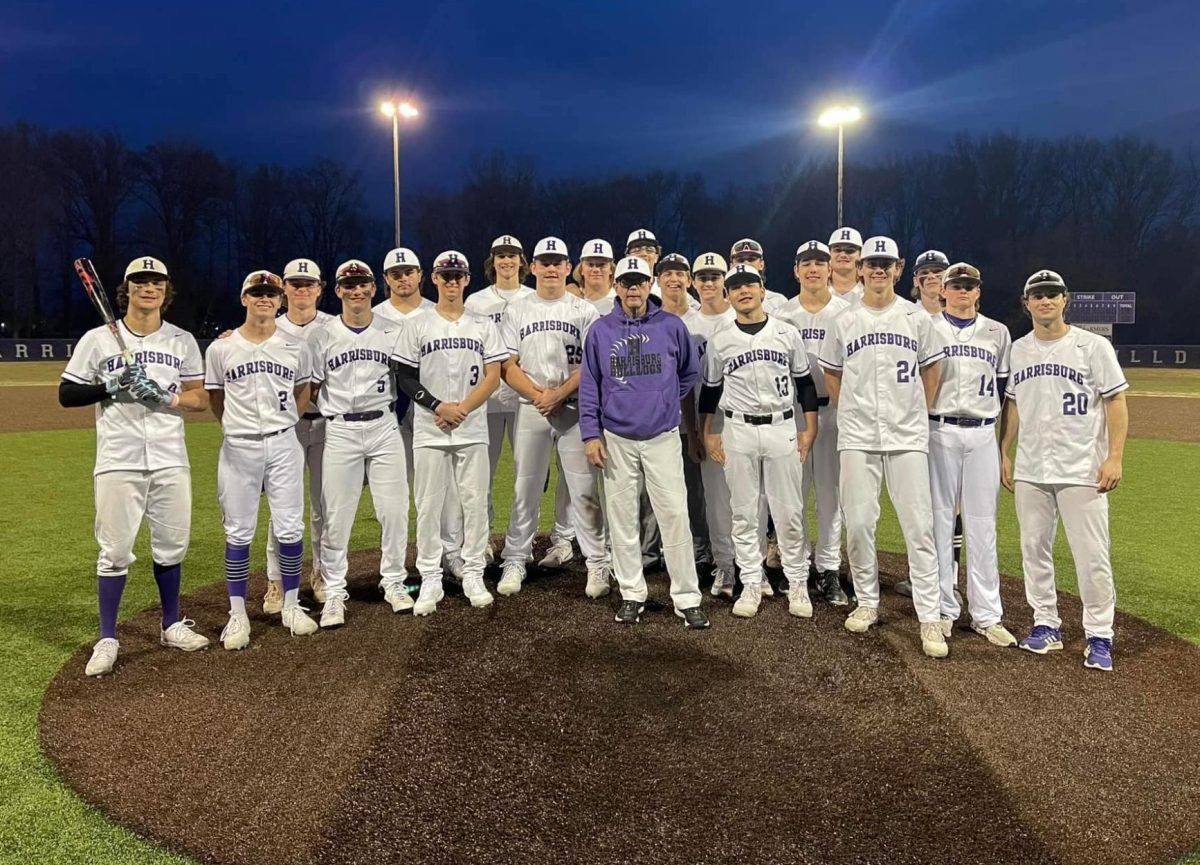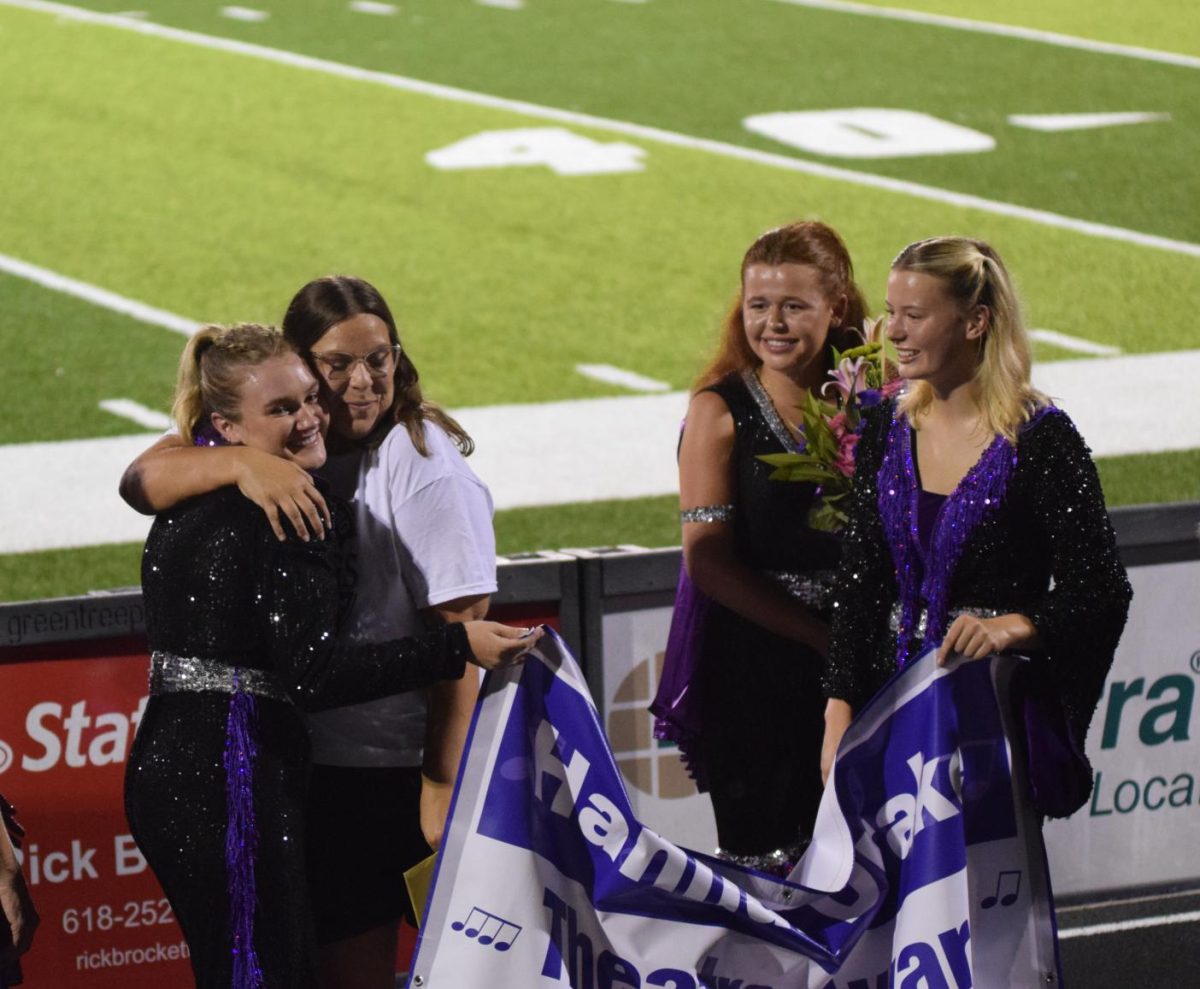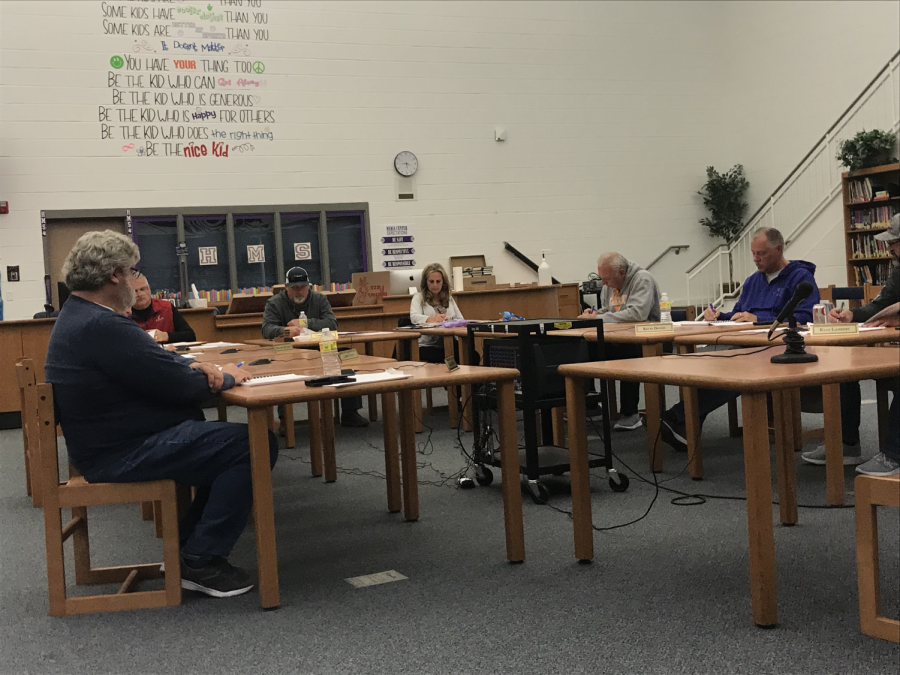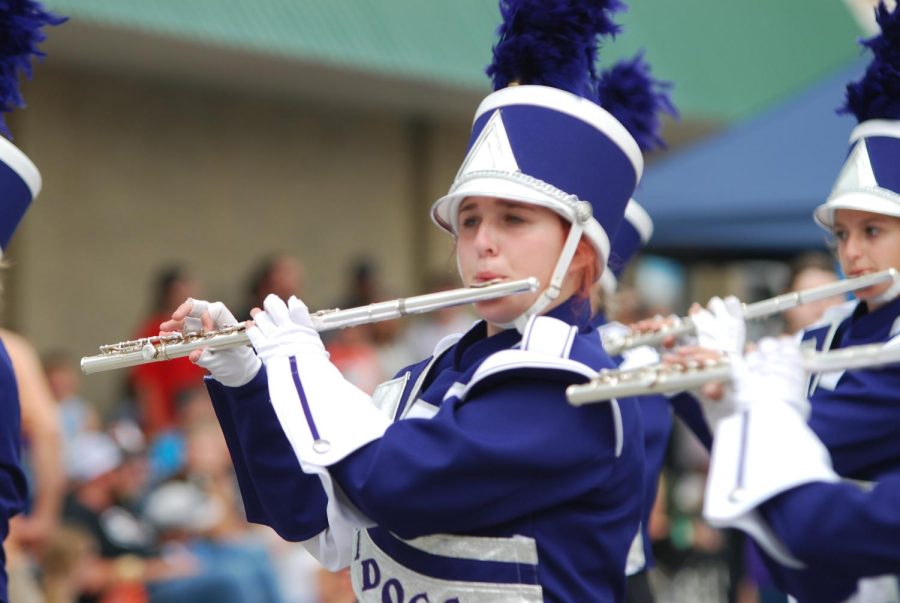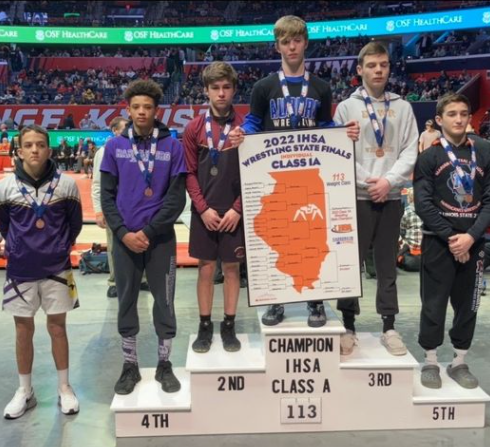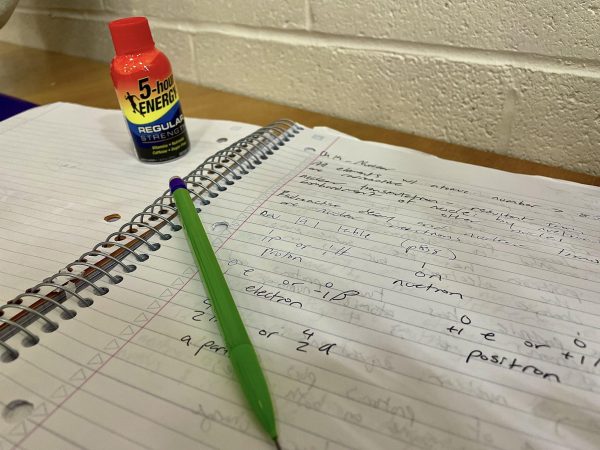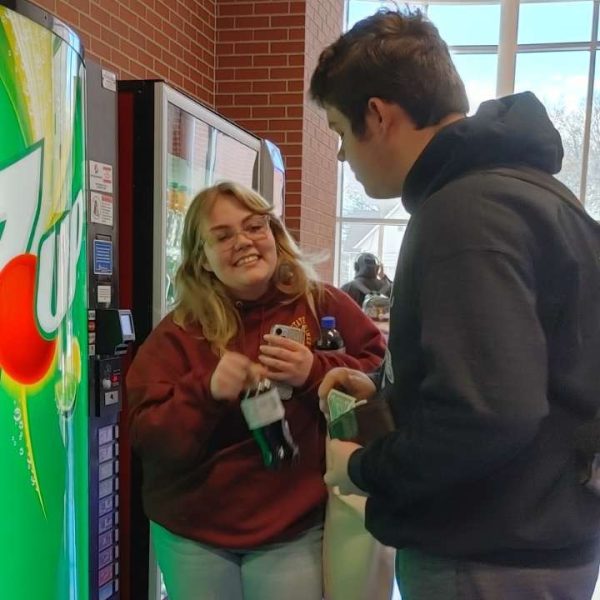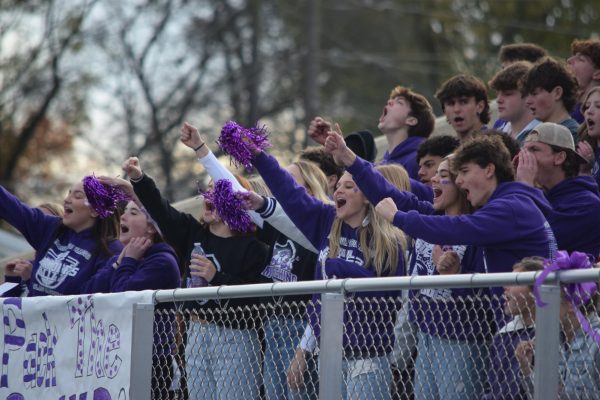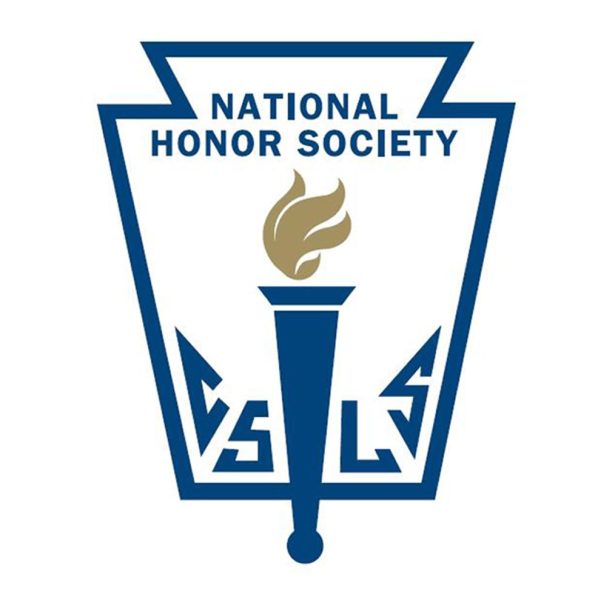Fine arts face difference in funding among activities
January 31, 2023
Many people say money makes the world go around, this is no different in school. But how is money being distributed among competitive activities? Is every group being given the necessary financial opportunity? Arts programs in schools deserve to receive the same funding as any other program in the building.
There are many different activities in which one can partake, one of the most common activities being sports. According to edweek.org, at least 57% of high schoolers report participating in a sport of some kind. With this knowledge, many will say that after education, sports should be the next priority in a school’s budget; they are such a popular thing of course. But a school shouldn’t place all of their monetary focus on sports.
Fine Arts, as a subject and as an extracurricular, operates at a deficit each and every year. They are not given the same financial support as more physical activities, despite working just as hard, if not harder. One example that can be used is the HHS speech team. The students must raise money for many things such as shirts and supporting their tournament. Why aren’t they receiving the financial support they need? In a spending plan on the district’s website, it states that $1.4 million was spent on the upgrades to the football field. Surely so much didn’t have to be spent at once? The renovations could have been done gradually over a few years so money could be distributed evenly.
Another local example that shows the struggle of the fine arts is Southeastern Illinois College’s (SIC) struggle with upkeep of their own fine arts program. In 2021, the college was faced with the decision to eliminate its arts program. An article on the Harrisburg Register explained the decision. “Enrollment patterns coupled with the downturn in tuition revenue and the state’s disinvestment in higher education [made] them necessary,”
Some cite the success of sports teams as the main reason in their funding decisions. Though they don’t receive as much attention, it can be argued that the HHS art-based activities move on to state competition just as much, if not more than sports. The baseball team has competed on the state level multiple times recently, and the football team has been improving greatly within the last few years. Some students are even taking their success in sports off to college, such as senior Luke Winkleman for cross country, and senior Cooper Phalin. But, contrast this with eight speech team events advancing to the IHSA state series in 2022, along with many students participating in the All-State theater activities each year. For example, Kirsten Eversmann (2022) received a speech scholarship to Western Kentucky University that pays $10,000 each year she attends. Ryan Wilson (2022) and Mitchell Quisenberry (2022) also received scholarships to SIC for their activity in theater, among many other alumni in the past several years.
Money needs to be distributed evenly among the activities at HHS. Students who do not
participate in sports are not being given the same support as those who do, and it is not fair. It is of my opinion that administration should be doing more to support students who take part in all
activities. The arts are just as important and successful as sports, and they deserve the same monetary support.

